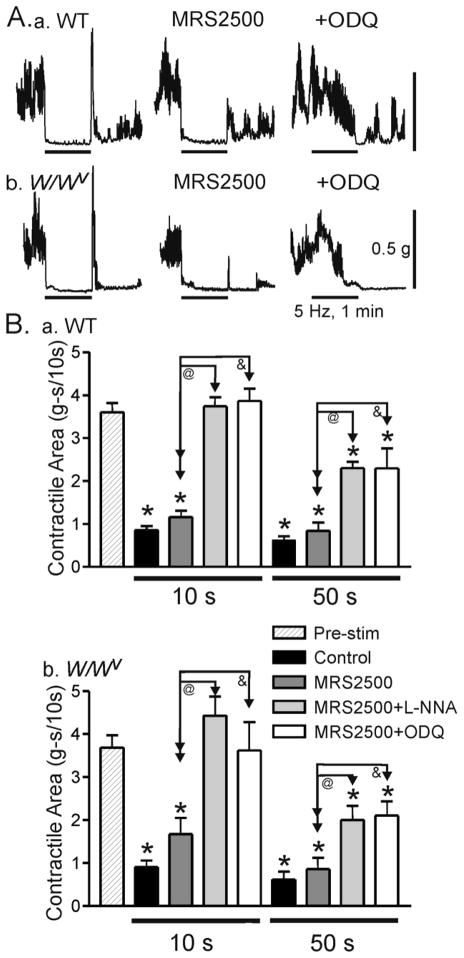Figure 4. Comparison of the effects of various blockers on nerve induced relaxations in the WT and W/Wv mouse IAS.
(A) Sample traces showing the effects of MRS2500 and ODQ on relaxations elicited with 5 Hz EFS (60s) in WT (Aa) and W/Wv (Ab) mice. MRS2500 did not reduce EFS-induced relaxation in either animal model (A, middle traces) whereas combined MRS2500 and ODQ led to complete blockade of relaxation during the first 30s of EFS (A, right traces). (B) Summary graph of the effects of blockers on nerve-induced relaxation during the initial 10s of EFS and the subsequent 50s of EFS in WT (Ba) and W/Wv (Bb) mice. Contractile area during EFS (5 Hz, 60s) is compared to the contractile area preceding EFS (“Pre-stim”, n=11 WT; n=10 W/Wv). All areas are normalized to area/10s. EFS gave rise to a significant relaxation (control, black bars, n=11 WT; n=10 W/Wv). MRS2500 alone (dark grey bars, n=8 WT; n=10 W/Wv) did not significantly reduce relaxation during the first 10s or the subsequent 50s of EFS in either animal. Combined MRS2500 plus L-NNA (light grey bars, n= 7 WT; n=6 W/Wv) or ODQ (white bars, n=4 WT; n=4 W/Wv) abolished the EFS-induced relaxation during the initial 10s of EFS and significantly reduced relaxation during the subsequent 50s of EFS in both animals (@ and &). Shown are mean values ±S.E.M.

